Designing a Christmas postcard is a fun way to share holiday greetings that feel personal and special. It involves choosing colors, fonts, images, and messages that match the festive mood. A great Christmas postcard design combines simple, eye-catching elements with warm, heartfelt wishes to make the holiday feel even more joyful.
Whether sending to close friends or customers, the design should fit the audience, using styles that connect well with them. Many tools now make it easy to create both digital and printed postcards, allowing for customization like adding photos or choosing holiday themes. This makes it simple to bring your holiday spirit to life in a way that stands out.
Using design tricks like vintage stamps or faith-based images can add meaning and charm to the card. Paying attention to these details helps ensure the postcard leaves a lasting impression and spreads holiday cheer far and wide.
Key Takeways
- Effective Christmas postcards use clear, festive visuals and warm messages.
- Customizing designs helps reach different audiences better.
- Both digital and printed formats offer great options for sharing holiday greetings.
What Is Christmas Postcard Design?
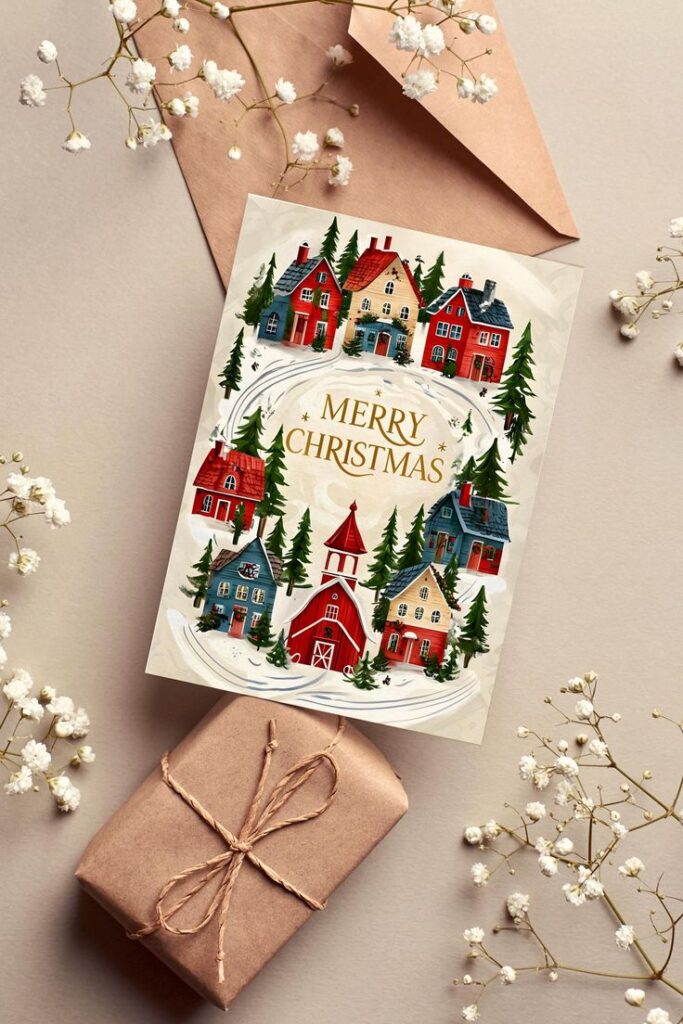


Christmas postcard design involves creating festive cards that carry holiday greetings, images, and messages. These designs serve both personal and commercial purposes, blending visual appeal with warm wishes. The style and elements of postcards often reflect cultural trends and personal touches.
Definition and Purpose
Christmas postcard design means making cards to send warm holiday greetings. These cards often include images like snowflakes, Christmas trees, or festive scenes. The purpose is to spread joy and connect with family, friends, or customers during the holiday season.
Businesses use these cards to promote their brands while keeping a friendly tone. People design personalized postcards with their photos or special messages to make them feel more meaningful. The design balances festive colors like red, green, gold, and white, with clear, welcoming text.
History of Christmas Postcards
The tradition of Christmas postcards began in the late 1800s. The first cards were simple, with holiday images and short greetings. As printing technology improved, postcards became colorful and more detailed.
Sending postcards grew popular as a quick way to share festive wishes before phones and emails. Over time, postcards evolved to include artistic and photographic designs. The custom of sending Christmas postcards has lasted despite digital communication, showing its lasting charm.
Popular Styles Over Time
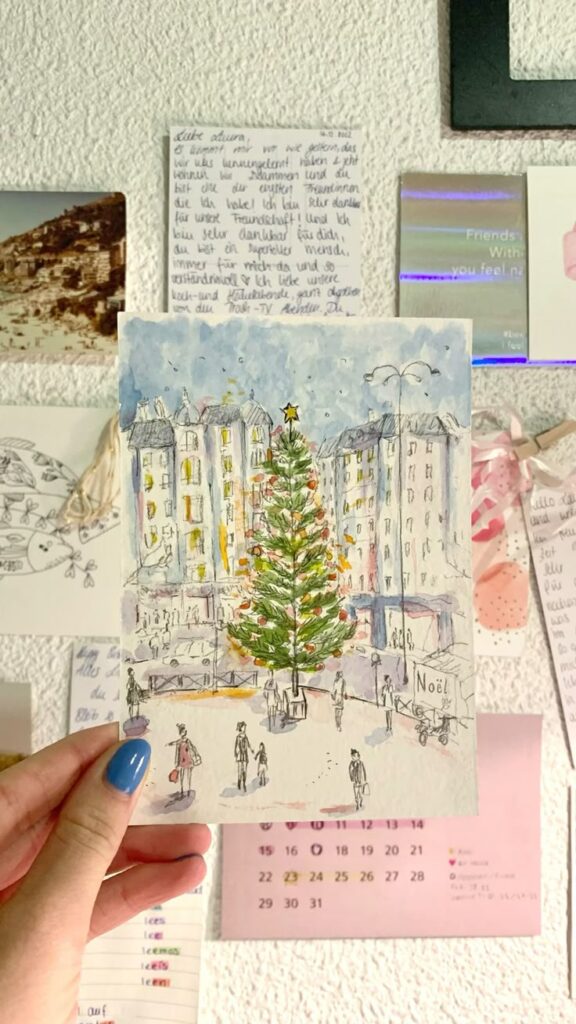
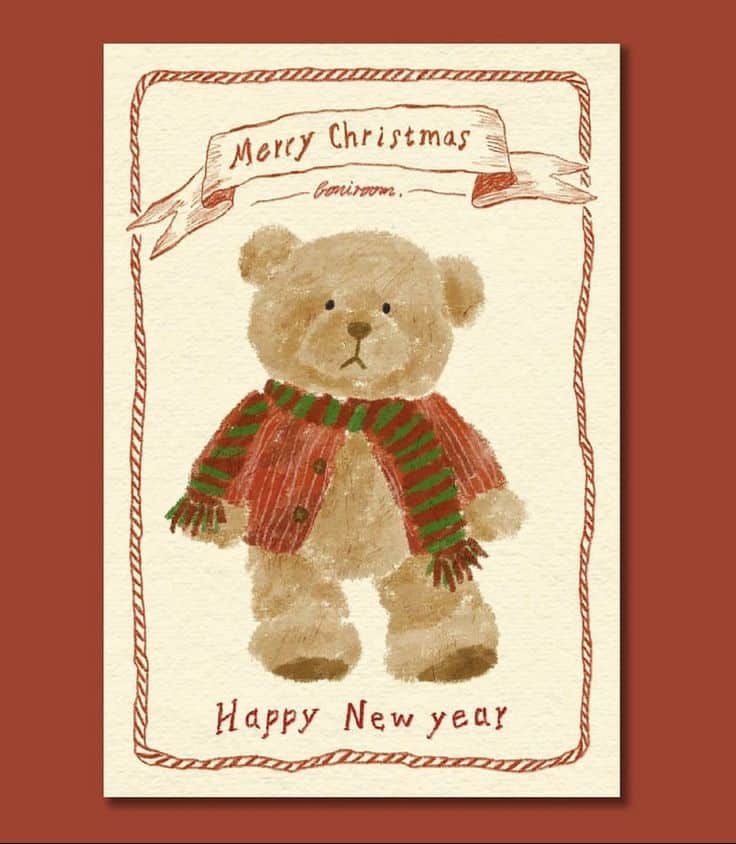

Early Christmas postcards often featured simple drawings and religious themes like nativity scenes. By the early 20th century, playful and sentimental images like Santa Claus, snowy villages, and children appeared.
Modern designs vary widely but often include:
- Watercolor textures
- Minimalistic styles
- Photos of snowy landscapes or holiday markets
- Handwritten or hand-drawn elements
Some designs focus on humor or eco-friendliness. The variety means there is a style for everyone, whether classic, artistic, or fun.
Key Elements of Christmas Postcard Design
A Christmas postcard needs to catch the eye and feel festive. To do this, it uses specific colors, fonts, images, and a clear layout. Each part works together to create a warm and inviting look.
Color Palettes and Themes
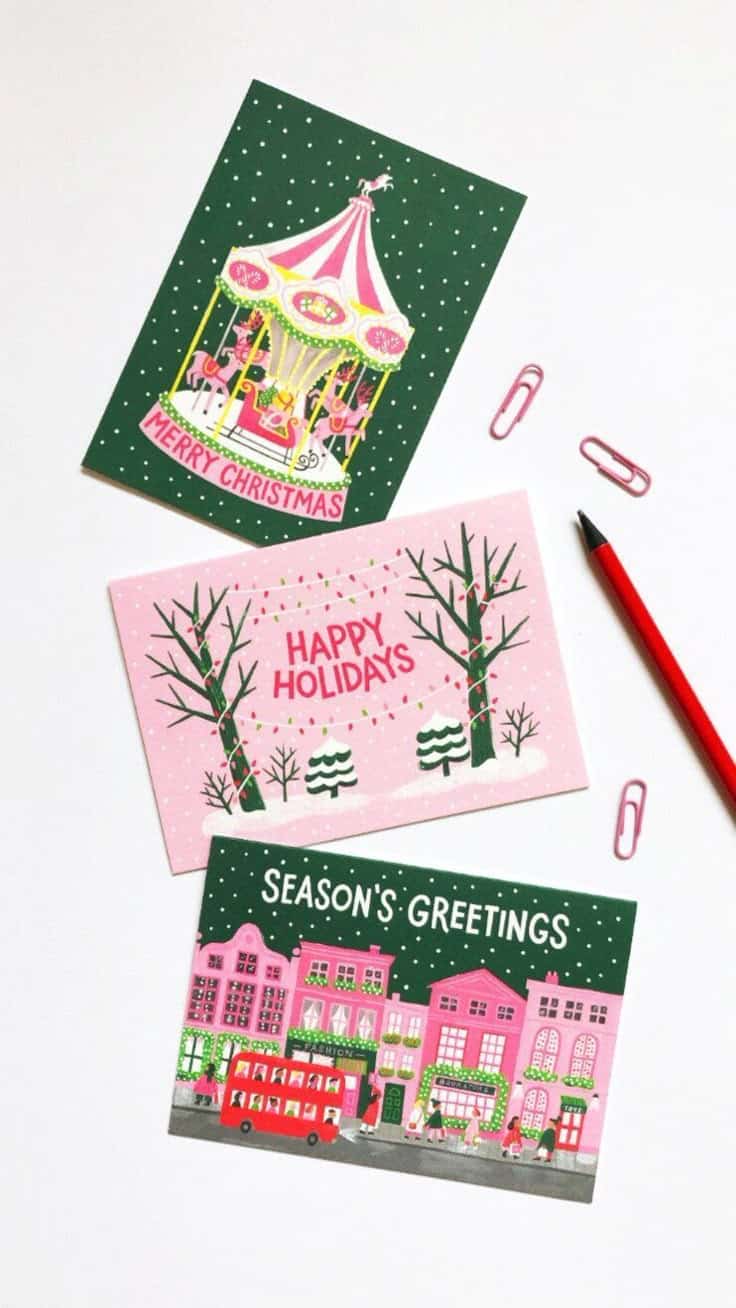
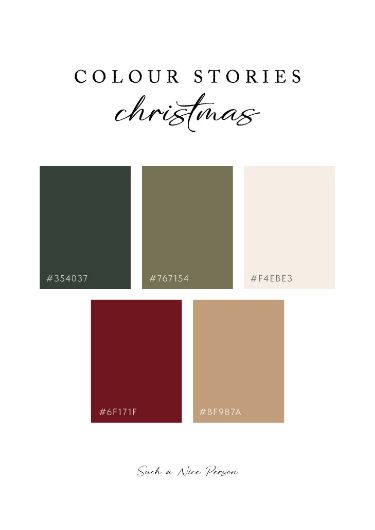
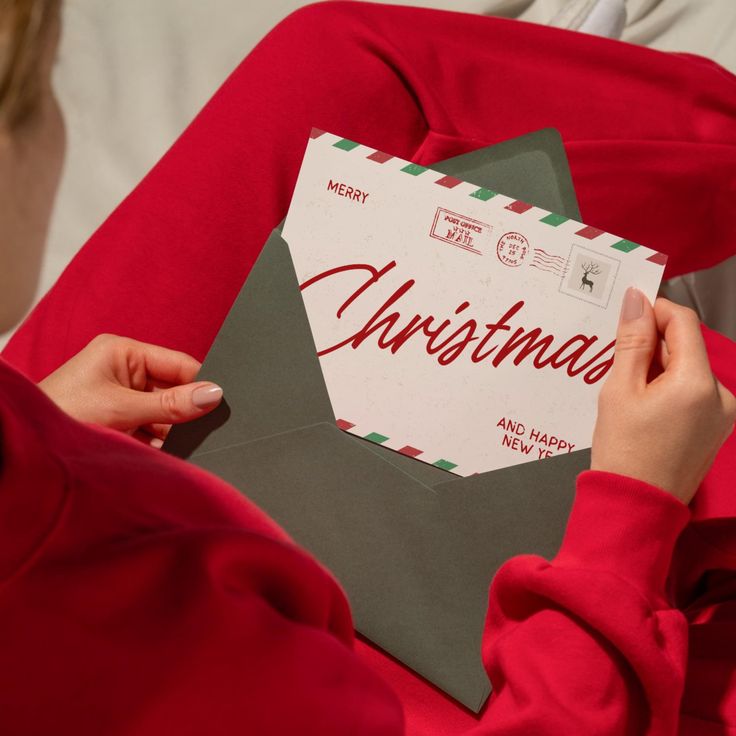
Color plays a big role in setting the mood of a Christmas postcard. Traditional colors like red, green, and gold often feature because they remind people of holiday decorations. However, some designs use cool blues and whites to create a wintery feel.
Combining colors well is important. For example, pairing bright reds with soft cream or silver can make the card feel elegant. Themes also guide color choice. Religious cards might focus on deep blues and golds, while playful cards use bright colors and pastels.
Using 2-3 main colors helps keep the design clean. Too many colors can make the card look messy. Consistency in color throughout the card ties the design together nicely.
Font Choices
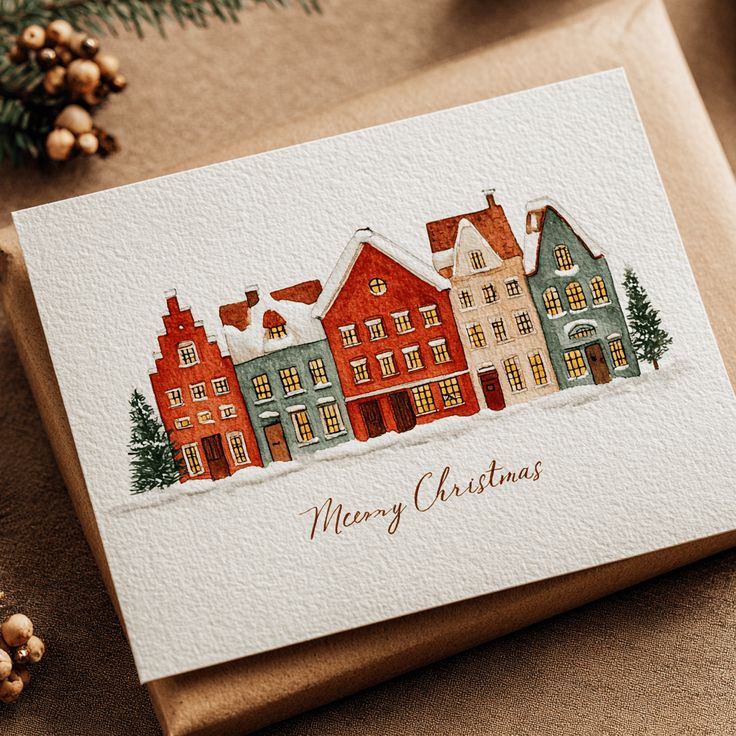
Fonts help convey the spirit of the holiday. Script fonts with flowing lines often feel warm and festive. They work well for greetings or names and add a personal touch. Bold, simple fonts are clear and easy to read, which is great for longer messages or details.

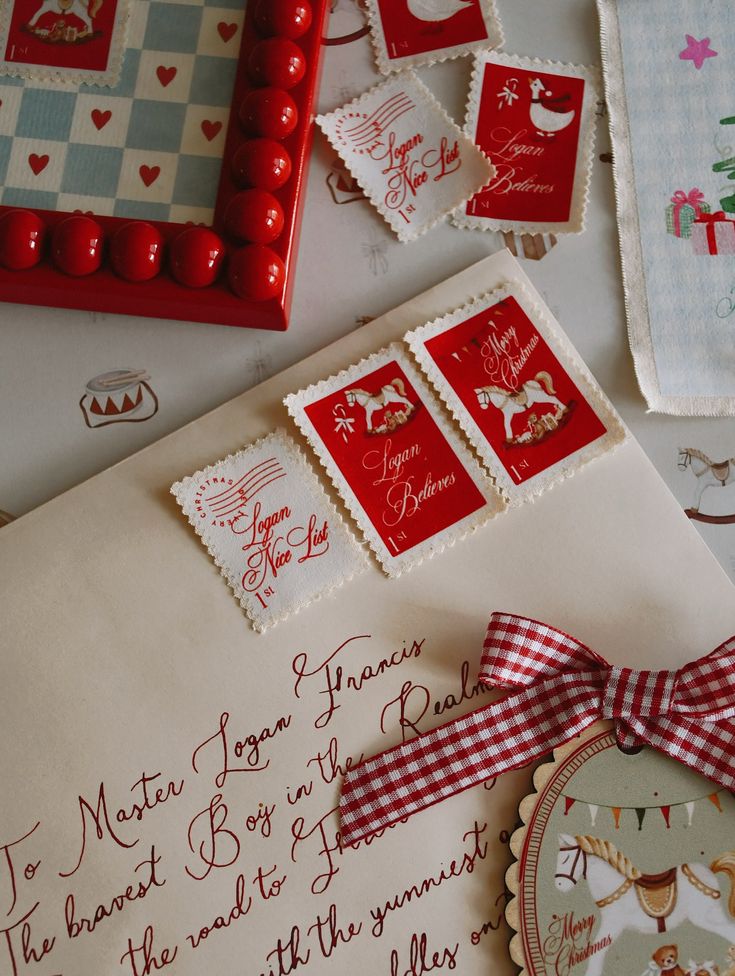
Mixing one script font with one clean sans-serif font provides a nice balance. Avoid using too many different fonts because it can confuse the reader. Font colors should contrast well with the background to ensure readability.
Choosing the right size also matters—large for headlines and smaller for body text. This creates a hierarchy that guides the eye through the card naturally.
Imagery and Illustrations

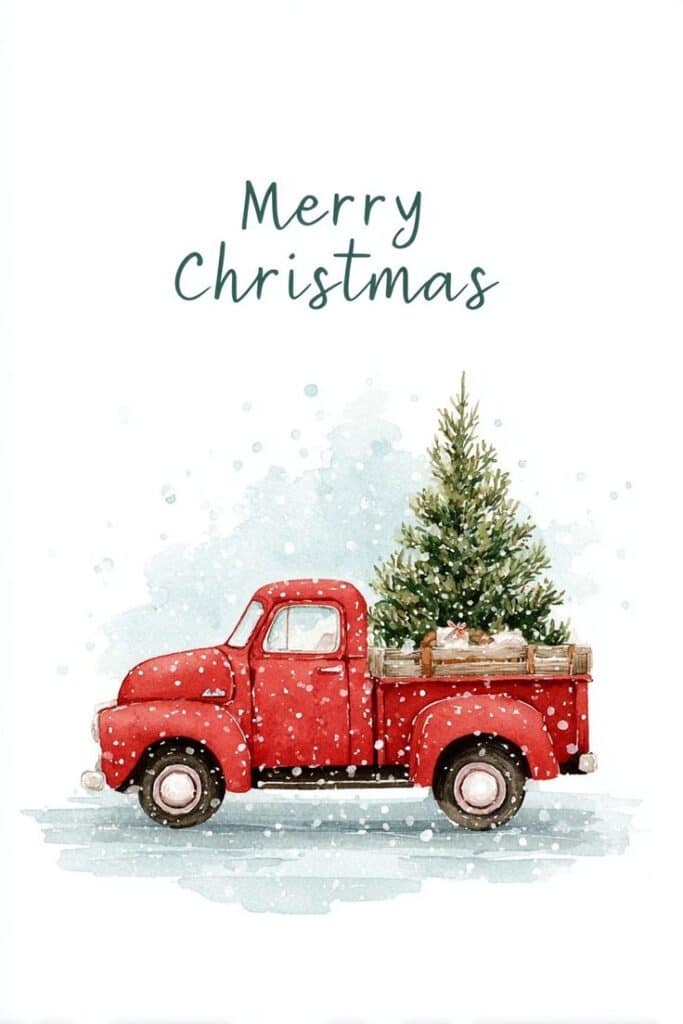

Images set the tone and tell the story of the card. Common options include snowflakes, Christmas trees, Santa, ornaments, and winter landscapes. Religious cards might use nativity scenes or angels to highlight the holiday’s spiritual side.
Illustrations can be realistic photos or hand-drawn art. A vintage postcard-style stamp or graphic adds a classic touch. Adding icons or small decorative elements around the main image brings extra charm.
Images should match the card’s mood. For example, whimsical cartoons suit a fun family card, while elegant illustrations fit a more formal design.
Layout and Composition
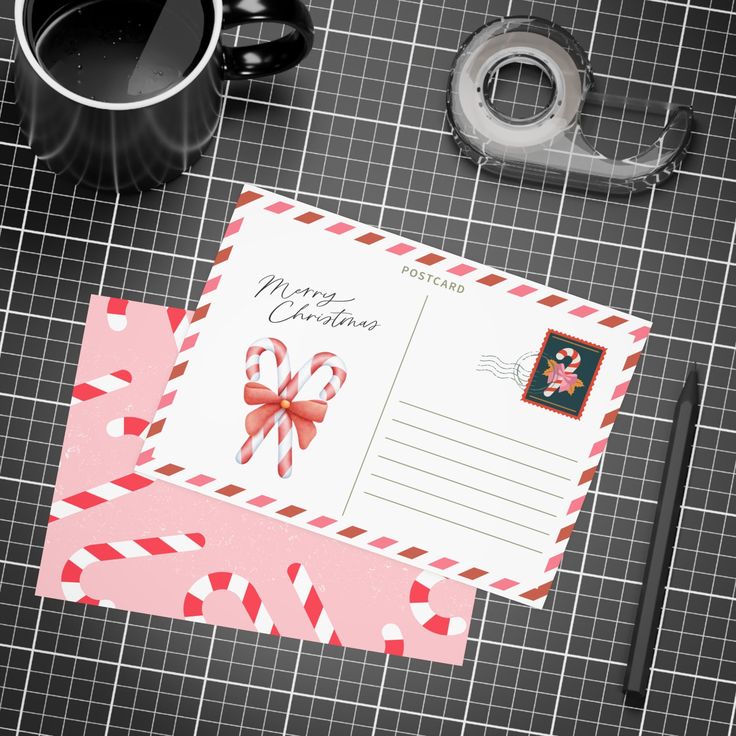
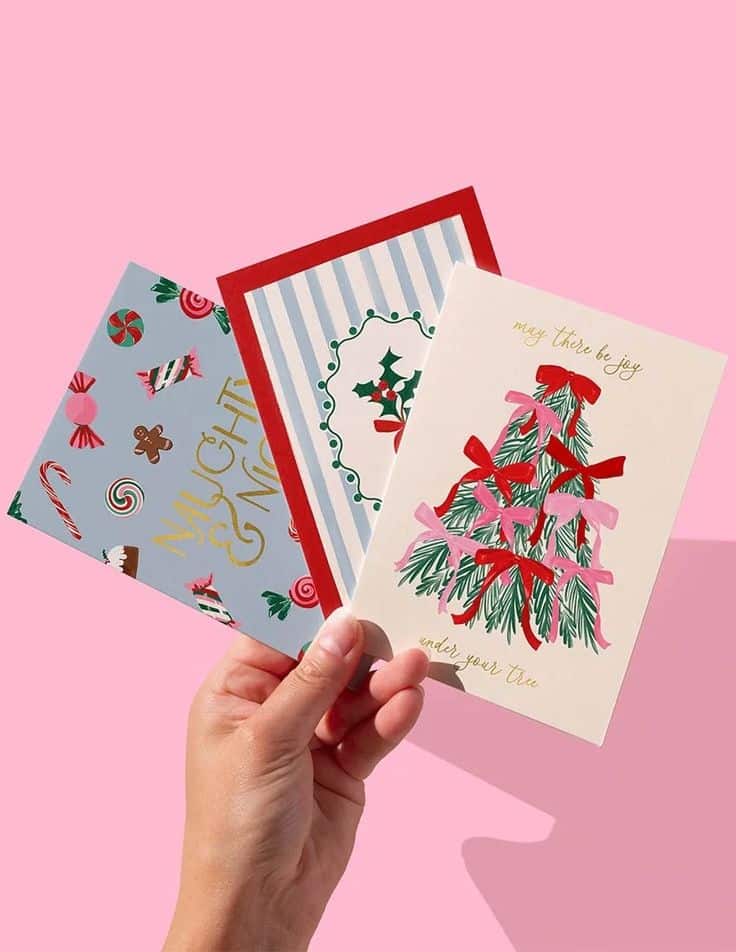
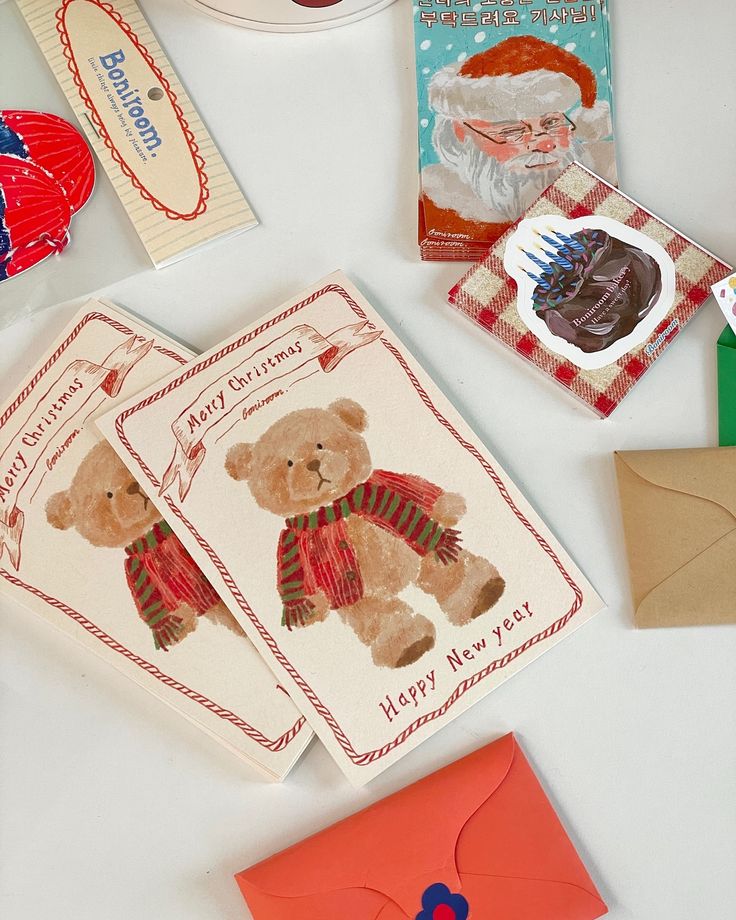
A well-organized layout makes the card easy to read and pleasant to look at. Most postcards have the main image or greeting at the center or top. Supporting text or messages go below or around.
Using white space is important. It keeps the design clean and helps important elements stand out. Avoid clutter by balancing images, text, and graphics evenly across the card.
Many successful holiday postcards follow a grid pattern, making sure nothing feels crowded. Aligning elements left, right, or center consistently builds order.
The layout should also leave space for a personal message or address if the postcard is printed. This practical part keeps the design functional, not just pretty.
Designing for Different Audiences
Designing Christmas postcards means thinking about who will receive them. Different groups appreciate different styles, messages, and tones. Customizing the design helps make the postcard feel more personal and meaningful.
Family and Friends
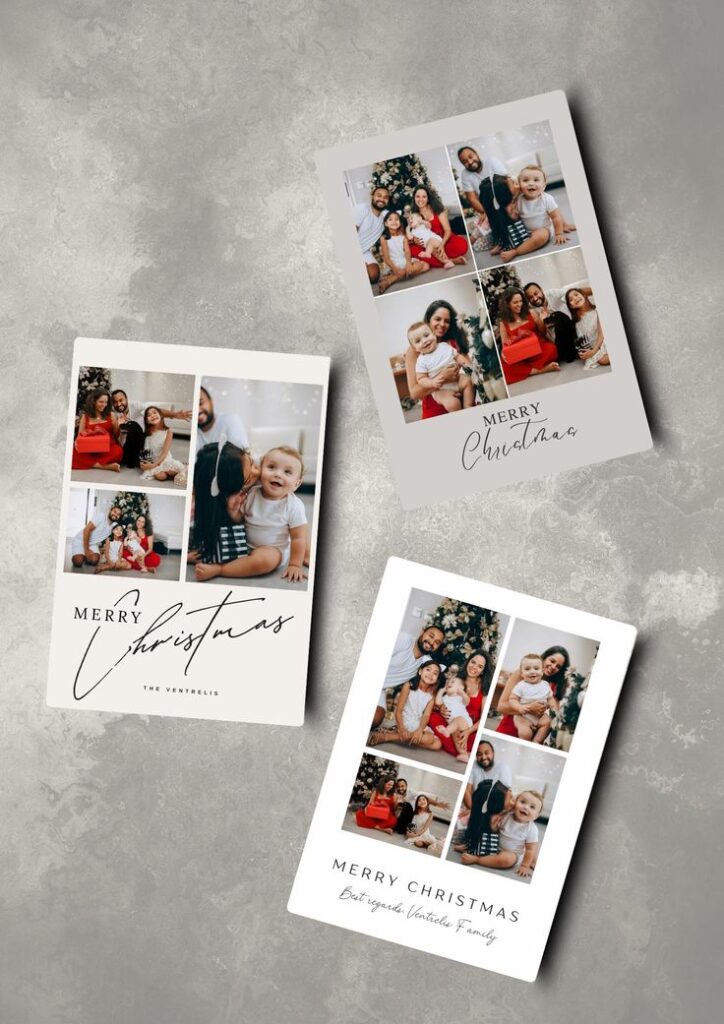
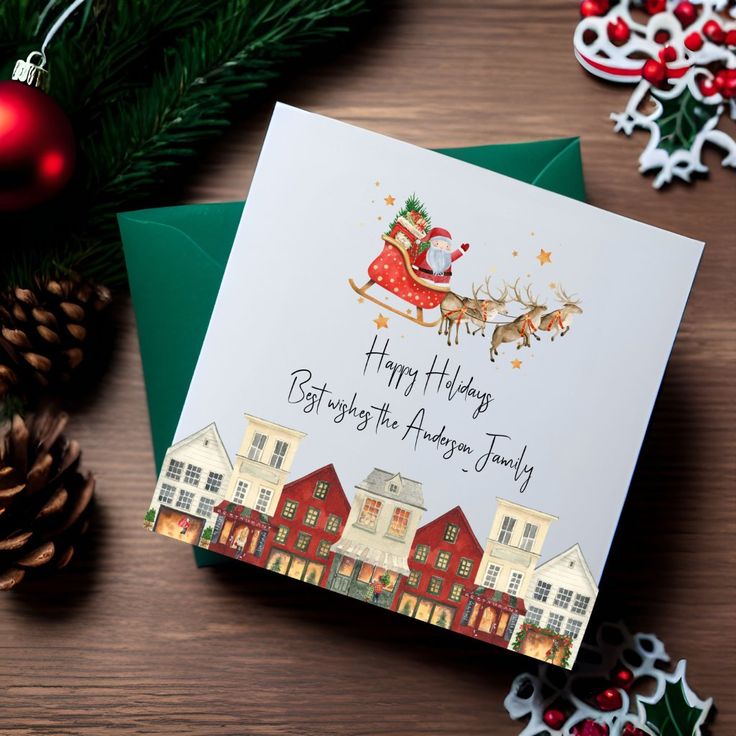
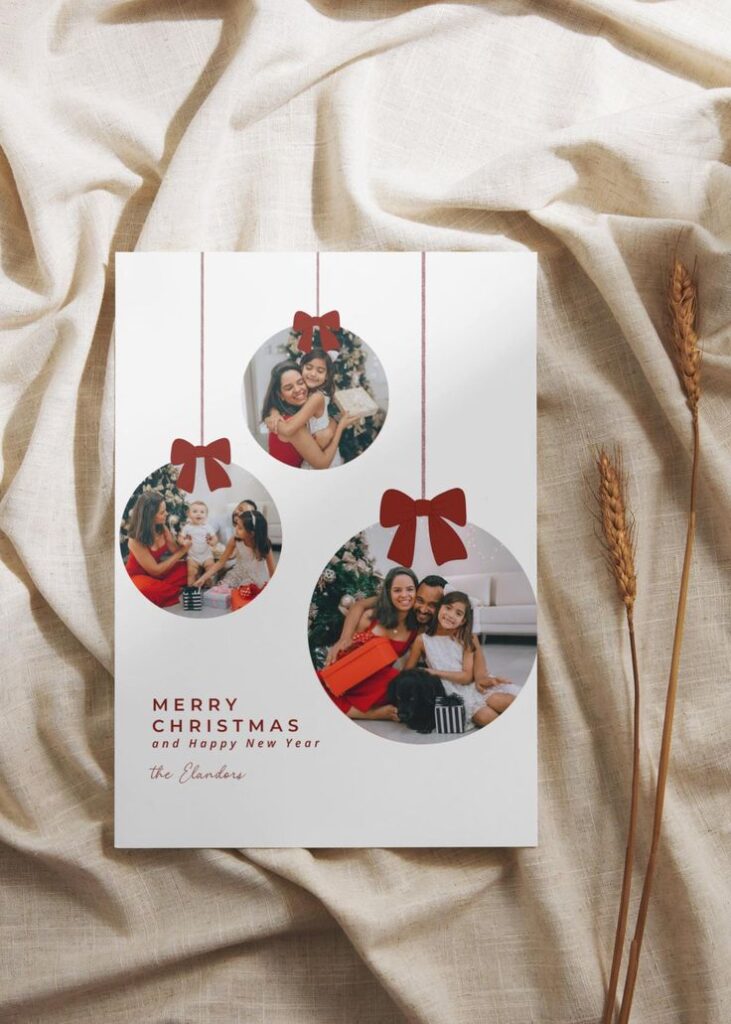
For family and friends, postcards should feel warm and personal. Photos of recent memories or family moments work well. Handwritten fonts or messages add a cozy touch. Using traditional colors like red, green, and gold helps set a festive mood.
It’s good to include a heartfelt message. Simple phrases like “Wishing you joy and laughter this holiday” feel genuine. Adding space for a hand-written note lets the sender add a unique, personal touch.
Fun elements like snowflakes, Christmas trees, or cozy scenes can make the card feel cheerful. Avoid very formal or commercial styles here. The goal is to show care and connection.
Business and Corporate

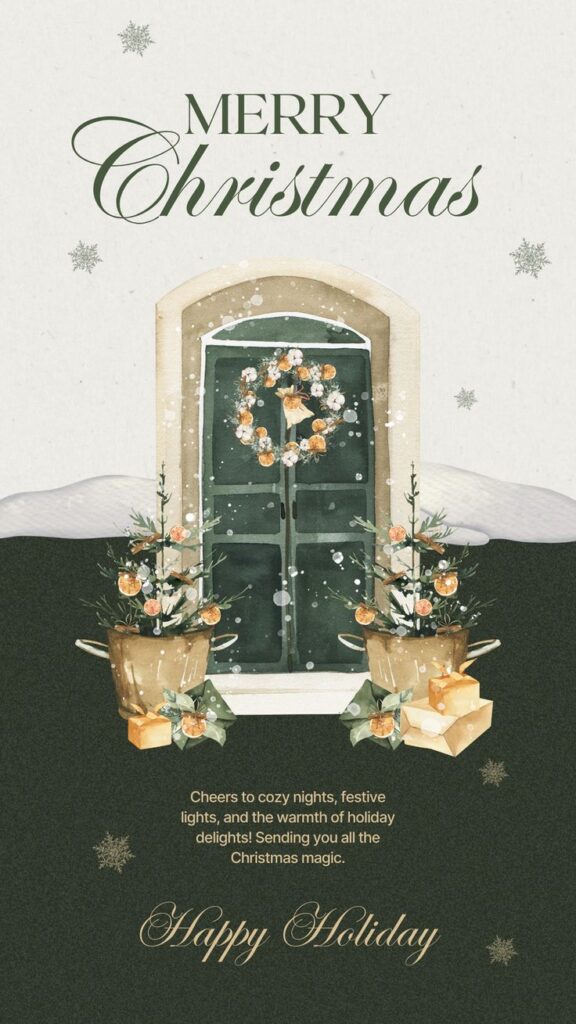
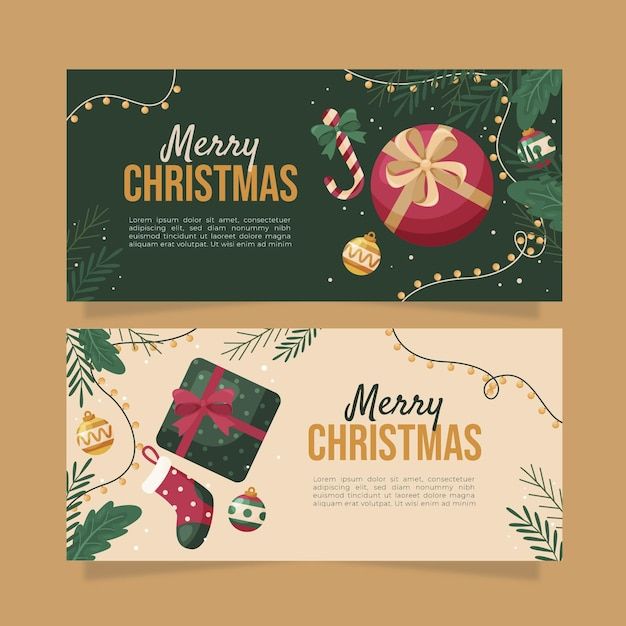
Postcards for business clients should look polished and professional. Clean designs with the company logo included create a strong brand presence. Subtle holiday colors with minimal decorations keep the focus on the message.
The text should be polite and express appreciation. Phrases like “Thank you for your trust and partnership this year” work well. Including contact details or a website link can remind clients about the business.
Avoid overly casual language or busy graphics. The design needs to look neat and respectful. Sliding in slight festive elements like a small ornament or snowflake can add holiday spirit without clutter.
Children

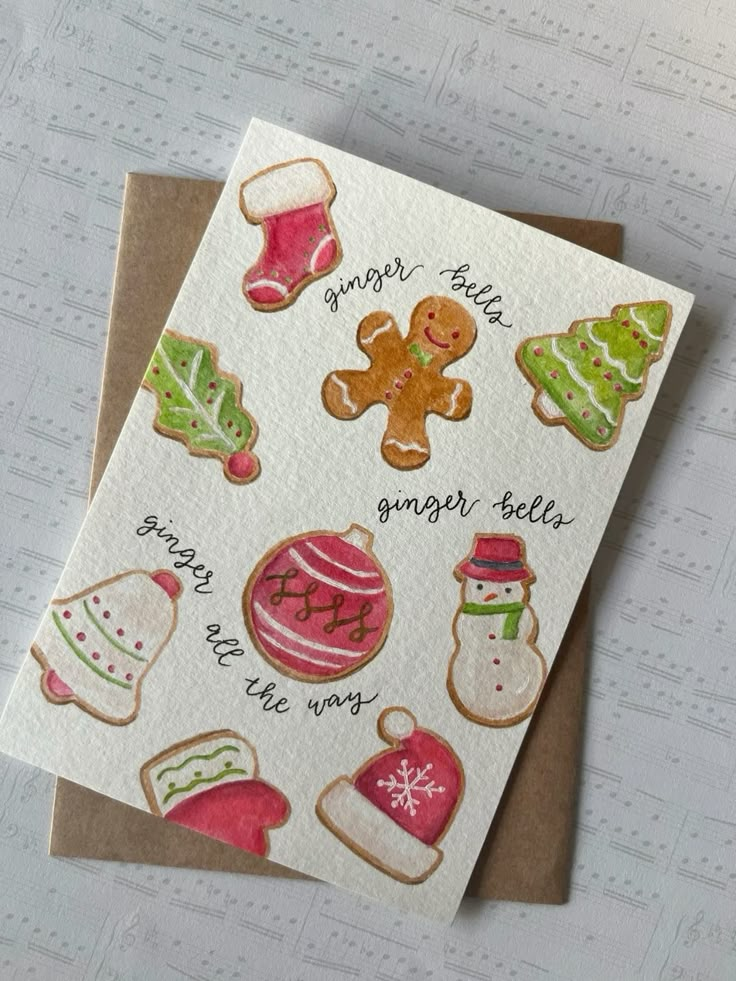
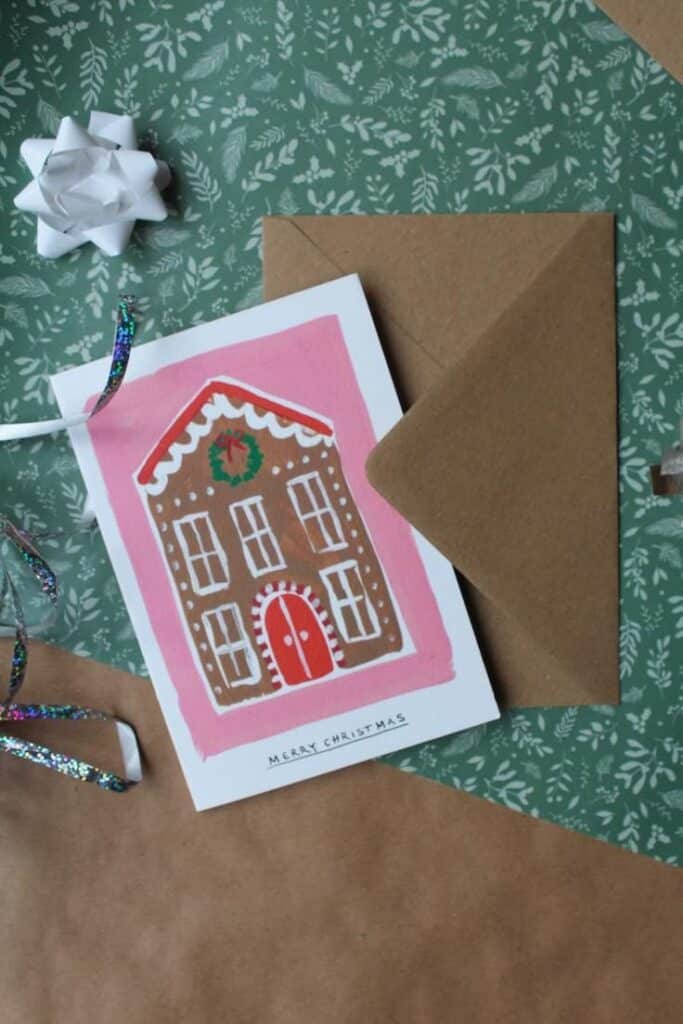
Cards for children should be bright and playful. Bold colors like red, green, blue, and yellow grab attention. Cartoon characters, Santa Claus, reindeer, or animated snowmen appeal well.
Short messages with simple words or rhymes make the card easy to read. For example, “Santa’s coming soon! Have fun and play!” adds excitement. Including stickers or cut-out activities can make the card interactive.
Avoid complicated designs or too much text. Kids respond better to happy faces and fun imagery. Make sure the font is large and clear for easier reading.
International Recipients
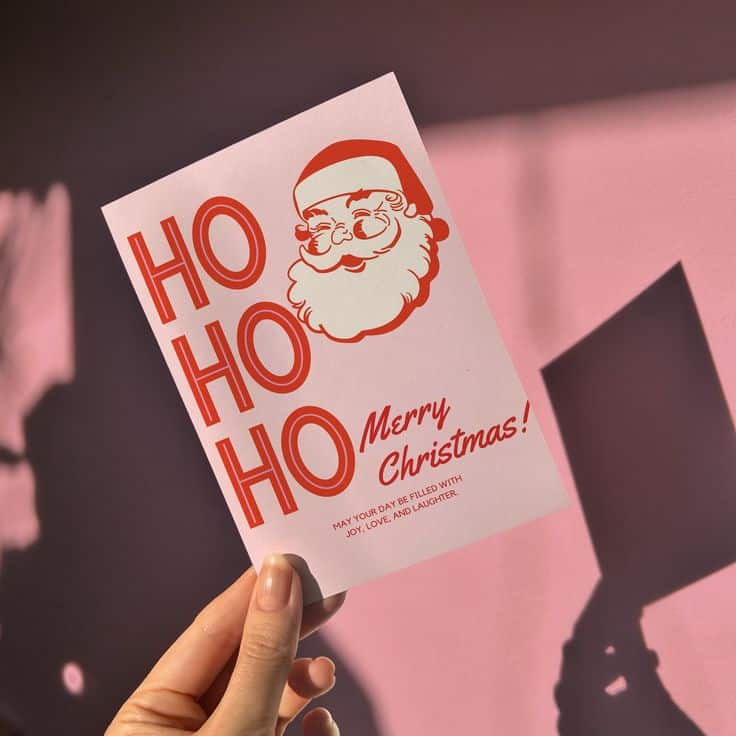

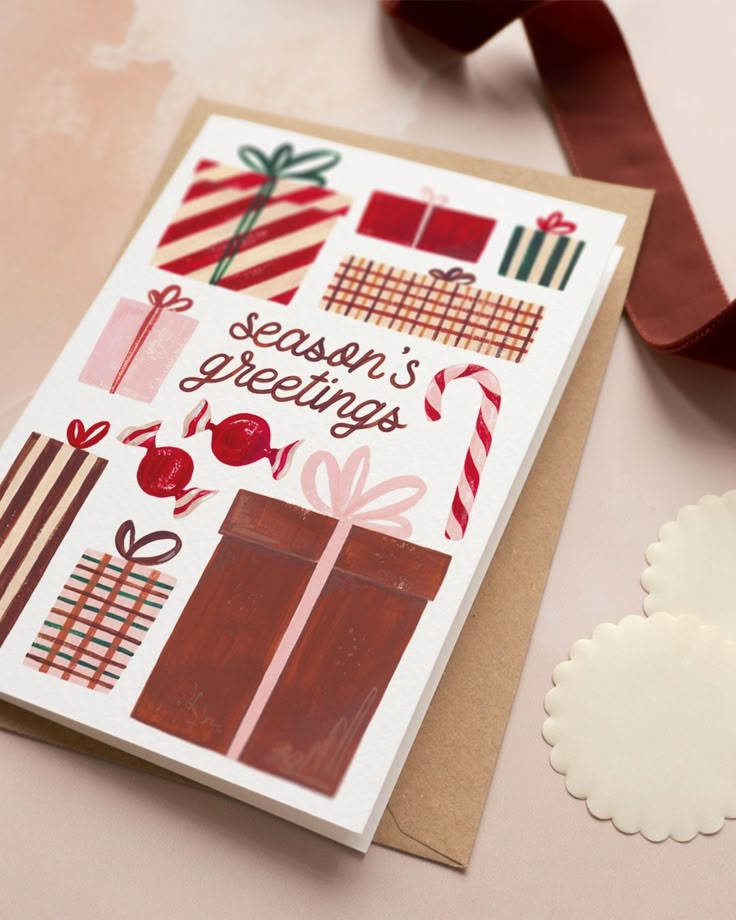
Designing for international friends means respecting different customs and languages. Keep the design simple and focus on universal holiday symbols like stars, snowflakes, or candles.
Messages should be clear and easy to translate. Avoid slang, humor with cultural context, or references specific to one country. Using phrases like “Season’s Greetings” or “Happy Holidays” works well worldwide.
Colors might vary by culture—red is lucky in some places but can represent danger in others. When possible, research the recipient’s holiday traditions to choose appropriate visuals and wording.
Leaving room for translations or including multiple languages can make the card more welcoming. Simple, respectful designs show thoughtful care for diverse friends.
Personalization Techniques
Designing a Christmas postcard becomes special when it reflects the sender’s unique style and message. Choosing the right words, adding personal photos, and including a touch of handwriting can make the card feel more warm and thoughtful. These steps help the card stand out and bring joy to the receiver.
Custom Messages

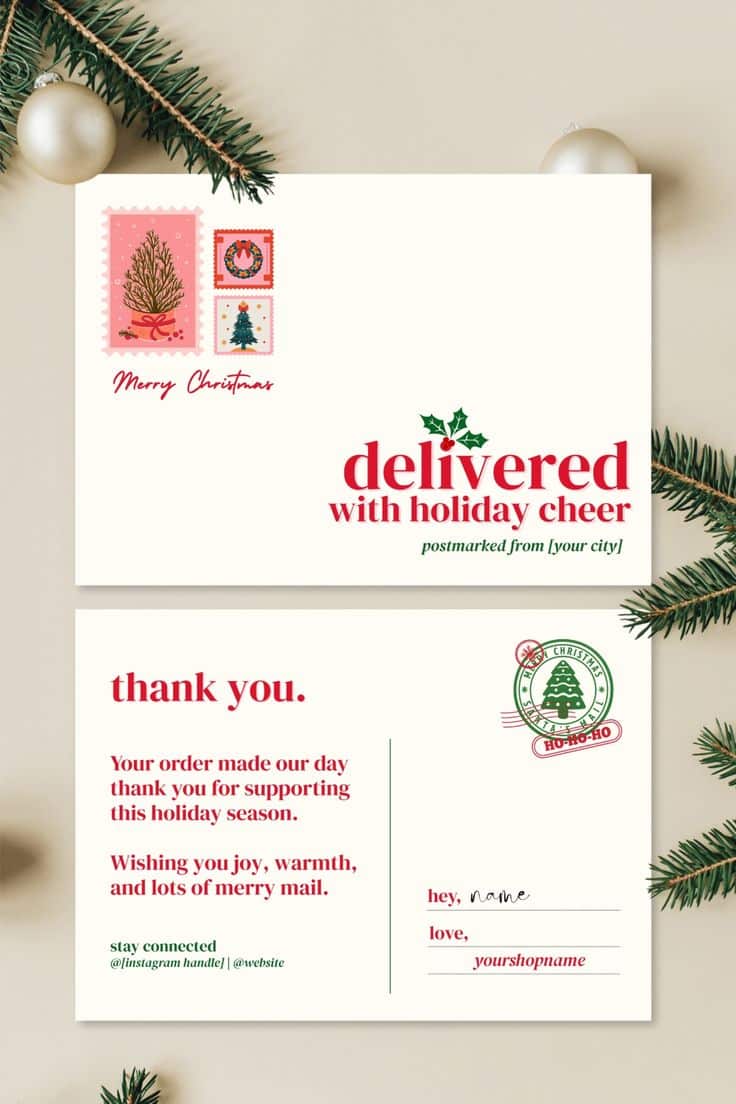
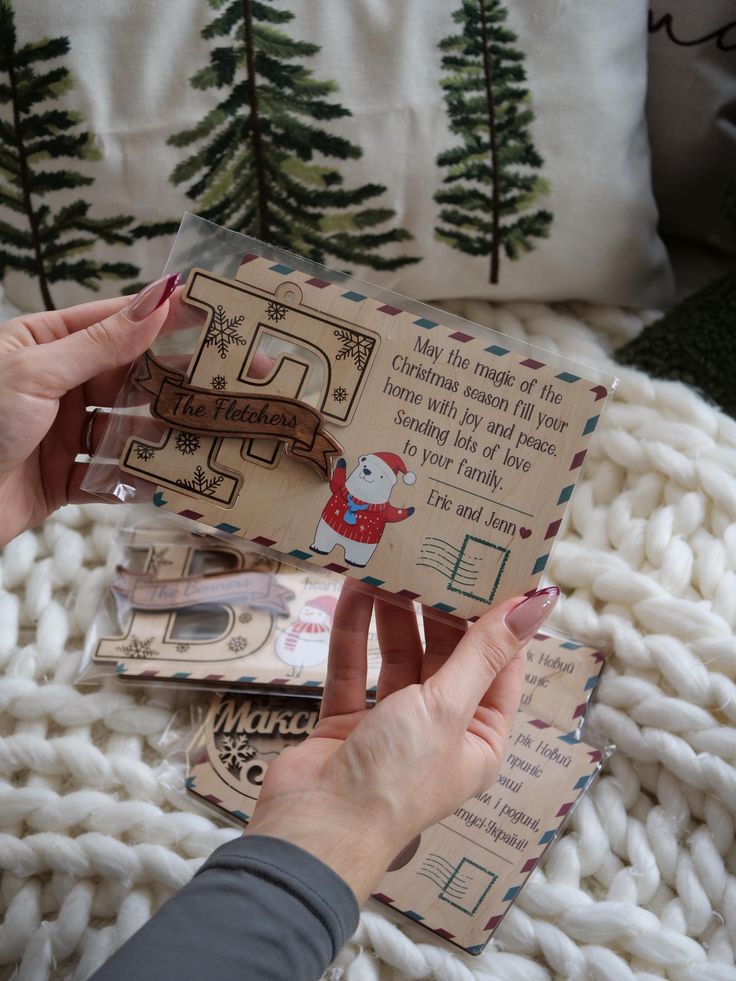
A custom message can turn a simple card into something meaningful. Instead of a generic greeting, using specific phrases that relate to the recipient’s personality or shared memories makes the message feel personal. For example, mentioning a fun event from the year or a hope for the coming year connects on a deeper level.
Short, heartfelt sentences work well. They do not need to be long to be effective. Including a holiday wish along with some positive thoughts or gratitude expresses genuine care. Using fonts that mimic handwriting or elegant script helps emphasize the personal nature of the note.
Photograph Integration
Adding photos is one of the most popular ways to personalize Christmas postcards. A family portrait, a picture of a pet, or a snapshot from a recent trip can instantly make the card unique.
Photos should be clear and well-sized to fit the card design. Many card makers allow easy dragging and dropping of pictures onto templates. Complementing the photo with a simple background keeps the focus where it belongs. Using seasonal filters or frames around the photo adds festive charm without overpowering the image.
Handwritten Touches
Handwritten elements give cards a warm, personal feel that digital text often lacks. Writers can add signatures, short notes, or even small doodles to cards after printing or by using a stylus on a tablet.
Using different colored pens or markers can create visual interest. Even a short P.S. at the bottom can make the recipient feel special. For those who want an extra personal touch but still want to use digital tools, scanning handwriting or custom fonts based on handwriting can blend traditional and digital styles nicely.
Digital vs. Printed Christmas Postcards
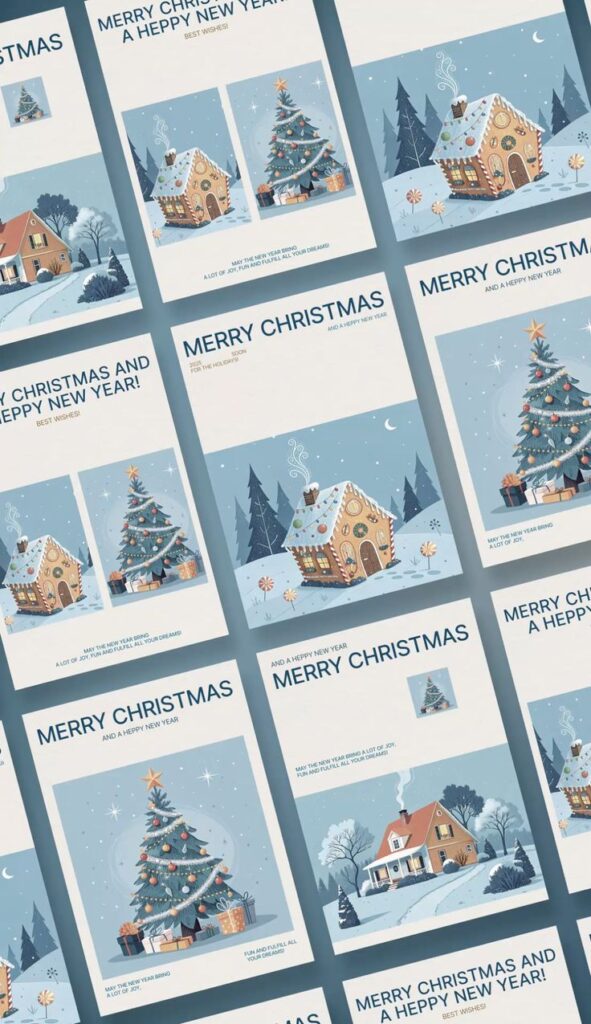
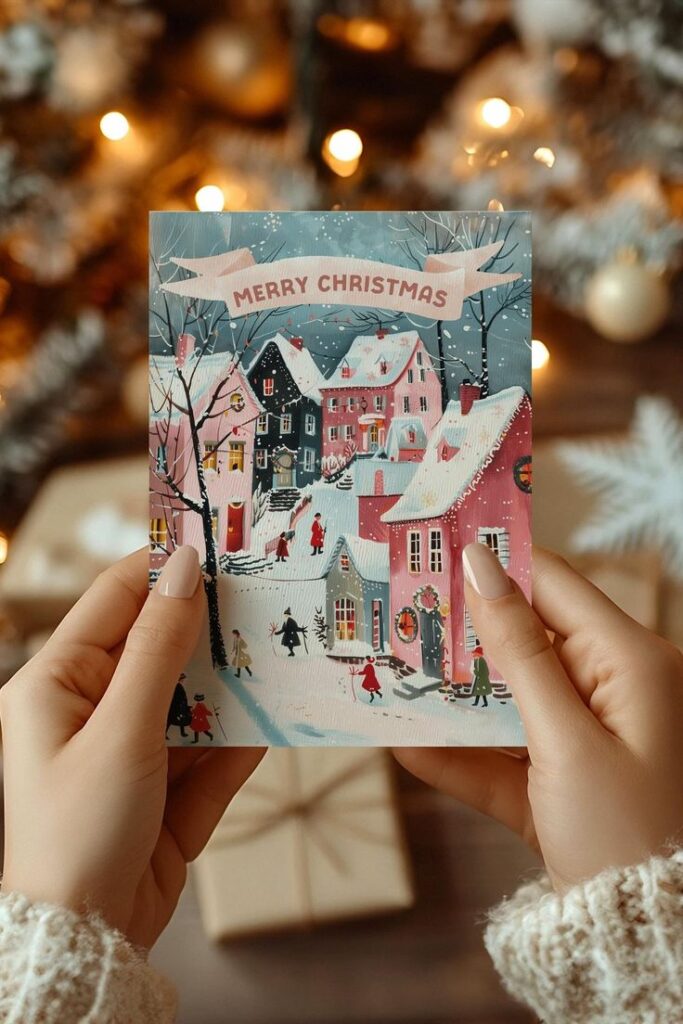
Choosing between digital and printed Christmas postcards involves balancing convenience, cost, and the look and feel of the card. Digital cards offer speed and easy sharing, while printed cards provide a tactile experience and a personal touch. Both have unique qualities that suit different needs and preferences.
Pros and Cons
Digital postcards send instantly and are easy to share with many people at once. They often cost less since there are no printing or mailing fees. However, they can feel less personal and may get lost in crowded inboxes.
Printed postcards can be kept as keepsakes and show more effort. They allow for custom designs on quality paper. But they require extra time to print, address, and mail, and the costs add up with postage and materials.
Printing Materials
Printed postcards use different paper types and finishes to create distinct looks. Common papers include matte, glossy, and textured stock.
- Matte offers a smooth, non-shiny finish.
- Glossy makes colors pop with a shiny surface.
- Textured papers can add a rustic or artistic feel.
Heavier cardstock tends to feel more durable. Some printers allow custom sizes and shapes for uniqueness.
Eco-Friendly Options
Environmentally conscious choices matter when printing cards. Many printers now offer recycled paper and soy-based inks that reduce pollution. Biodegradable envelopes and minimal packaging help lower waste.
Digital cards are naturally eco-friendly since they require no paper or shipping. Some people choose hybrid methods, such as printing on recycled stock and emailing digital versions to save resources while keeping tradition.
Creative Trends in Christmas Postcard Design
Christmas postcards today balance style and function with fresh design ideas. Some focus on clean lines and subtle colors, while others pull from old-fashioned themes or add fun, hands-on elements. These trends help people send more personal, eye-catching greetings.
Minimalist Approaches
Minimalist Christmas postcards use simple shapes and a limited color palette. They often feature white space to give the design room to breathe. This approach helps the message stand out without distractions.
Some common minimalist elements include:
- Clean fonts with no extra flourishes
- Soft colors like pale blue, beige, or muted green
- Small, simple icons such as stars or trees
Minimalism appeals to people who want elegant cards that feel modern but not too busy. It’s also great for those who prefer a calm, peaceful look over loud or bright designs.
Vintage Inspirations


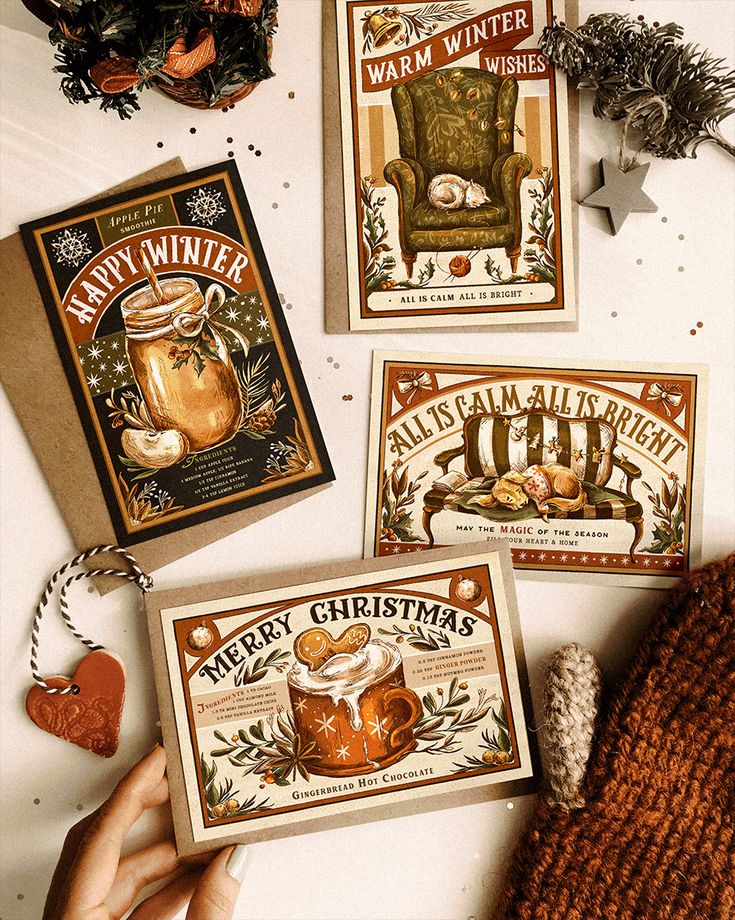
Vintage-style Christmas postcards bring a sense of tradition and nostalgia. Designs often use classic holiday imagery from the early to mid-1900s, like old-fashioned ornaments, winter scenes, or handwritten greetings.
Key features of vintage postcards include:
- Earth-tone colors or muted reds and greens
- Textured paper or linen finishing to mimic older materials
- Decorative borders and script fonts
These cards appeal to those who love history or want to share a warm, timeless message. They make the holiday feel cozy and familiar, connecting the past with the present.
Interactive Features
Interactive postcards add a playful touch that invites the recipient to engage. Some examples include cards with pull tabs, pop-ups, or scratch-off areas. Others use QR codes linking to holiday videos or digital messages.
Benefits of interactive postcards:
- Creates a memorable experience
- Combines traditional mail with digital extras
- Offers a fun surprise that friends and family enjoy
This trend suits people who want their holiday greetings to stand out and feel more personal. It’s ideal for sharing excitement and spreading cheer in a creative way.
Tips for Crafting Memorable Designs
Creating a memorable Christmas postcard means combining the right colors, images, and messages. Paying attention to holiday themes, keeping the look clean, and avoiding simple mistakes will help the design stand out. Thoughtful choices add warmth and personality to each card.
Incorporating Holiday Spirit
A great way to bring holiday spirit into a postcard is by using classic Christmas colors like red, green, gold, and white. These colors immediately create a festive mood. Adding traditional symbols like snowflakes, Christmas trees, or stars helps too.
Personal touches also make a difference. Including family photos or hand-drawn illustrations gives warmth and shows effort. Sometimes, a short, cheerful message or a funny holiday quote brightens the card and makes it feel more special.
Textures and layering can add depth. Using ribbons, glitter, or small natural elements like pine twigs creates a rustic feel that many people love. This touch can make the card feel more crafted and less like a printout.
Balancing Festivity and Simplicity
Too many decorations can make a postcard feel crowded. It is best to pick one or two main elements and build around them. A clean design with enough white space allows the key message or image to shine.
Simple fonts that are easy to read work well. Fancy script fonts are nice but can be hard to read if overused. Mixing one decorative font for headings with a plain font for the message strikes a good balance.
Choosing a clear focal point helps keep the design tidy. It might be a photo or a large graphic. Supporting details, like small icons or a festive border, add charm without overwhelming the main design.
Avoiding Common Mistakes
One common mistake is using too many colors or clashing shades. Sticking to two or three carefully chosen colors creates harmony. Also, avoid busy backgrounds that distract from the message or images.
Another pitfall is unclear or lengthy messages. Short, warm greetings work best. They are easy to read and fit better on postcards without crowding.
Finally, checking the card for spelling or grammar errors is important. These small mistakes can take away from the card’s appeal. Proofreading before printing or sending helps avoid this issue.
How can I make my Christmas postcard stand out?
To make your Christmas postcard stand out, use eye-catching visuals, warm and heartfelt messages, and personalized touches like photos or handwritten notes. Choosing a cohesive color palette, attractive fonts, and thoughtful imagery also enhances its appeal.
What is Christmas postcard design and why is it important?
Christmas postcard design involves creating festive cards with holiday greetings, images, and messages to spread joy and connect with loved ones or customers during the holiday season. Good design combines visual appeal with warm wishes, making the greetings memorable and meaningful.
What are the key elements to consider in designing a Christmas postcard?
The key elements include selecting festive colors and themes, choosing appropriate fonts, incorporating relevant imagery or illustrations, and ensuring a well-organized layout with good use of white space. These components work together to create an inviting and effective design.
What are some popular styles of Christmas postcards?
Popular styles include minimalist designs with simple shapes and muted colors, vintage-inspired postcards with classic holiday imagery, and modern colorful layouts featuring fun illustrations or photos. The variety allows for traditional, artistic, or playful options.
Should I choose a digital or printed Christmas postcard?
Deciding between digital and printed postcards depends on your preference and purpose. Digital cards are quick and eco-friendly, ideal for instant sharing, while printed postcards offer a tangible keepsake that shows extra effort and can be personalized with high-quality materials.
- 0shares
- Facebook0
- Pinterest0
- Twitter0


